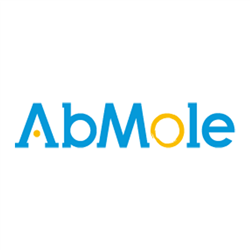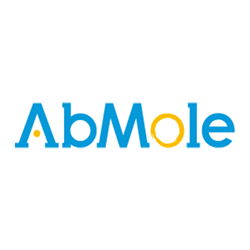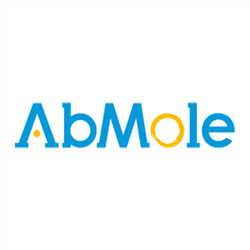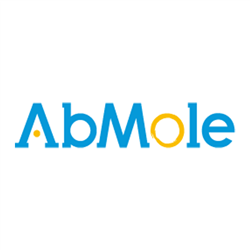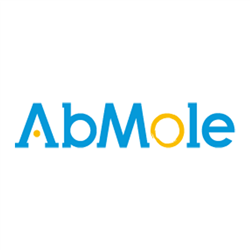Categorías
- Instrumentos
- Agitadores / Agit. Incubadores
- Orbitales
- Con Incubación
- Incubadores Gran Capacidad
- Lineales, Balanceo y 3D
- Incubadores Microplacas
- Para colocar en estufa
- Magnéticos
- Mezcladores /Roller /Rotatorios
- Agitadores de Paletas
- Jeio Tech Accesorios para Agitadores
- Benchmark Accesorios para Agitadores
- N-Biotek Accesorios para Agitadores
- Biosan Accesorios para Agitadores
- Labnet Int. Accesorios para Agitadores
- Vórtex
- Analisis Imagen, animales, plantas, geles
- Balanzas
- Baños Termostáticos
- Cabinas Flujo / Extraccion gases / PCR
- Centrifugas
- Detectores de Radioactividad
- Electroforesis
- Electroquímica
- Equipos Microplacas
- Espectrofotometros
- Experimentacion Animal
- Hornos de Hibridacion
- Homogeneizadores
- Estufas / Equipos calor, frio
- Luminómetros de Tubos
- Microbiologia
- Pipetas / Dispensadores
- Pipetas Labnet Int. Monocanales Automaticos
- Pipetas HTL Monocanales Automáticas
- Pipeta Accumax Mono y Multicanales
- Pipetas Labnet Int. Multicanales
- Pipetas HTL Multicanales
- Pipetas Volumen Fijo
- Pipetas Electrónicas
- Dispensadores
- Dispensadores de Botella
- Pipetas Biosan Monocanales
- Pipetas Biosan Multicanales
- PCR / Tiempo Real (qPCR)l / Cicladores
- QPCR, Sistemas automaticos
- Sonicadores / Ultrasonidos
- Ultracongeladores
- Bombas Jeringa / Vacio / Osmoticas
- Ultracentrífugas
- Micro Array label free
- Contadores de Células
- Contenedores Criogenicos
- Producción agua ultrapura
- Electrospinning
- Agitadores / Agit. Incubadores
- Reactivos
- Consumibles
- Catálogos PDF
Listado de productos por fabricante AbMole
Ziyuglycoside-I
Ziyuglycoside I, isolated from S. officinalis root, has anti-wrinkle activity and increases type I collagen expression. Ziyuglycoside I can be used as an active ingredient in cosmetics. Ziyuglycoside I can induce p53-mediated cell cycle arrest and apoptosis, which can be used in the study of triple negative breast cancer.
Ziyuglycoside-II
Ziyuglycoside II from Sanguisorba officinalis L. Triterpenoid saponins extracted from the. Ziyuglycoside II induces reactive oxygen species (ROS) production and apoptosis. It has anti-inflammatory and anticancer effects.
Ziyuglycoside-II
Ziyuglycoside II from Sanguisorba officinalis L. Triterpenoid saponins extracted from the. Ziyuglycoside II induces reactive oxygen species (ROS) production and apoptosis. It has anti-inflammatory and anticancer effects.
Ziyuglycoside-II
Ziyuglycoside II from Sanguisorba officinalis L. Triterpenoid saponins extracted from the. Ziyuglycoside II induces reactive oxygen species (ROS) production and apoptosis. It has anti-inflammatory and anticancer effects.
ZK-756326 dihydrochloride
ZK-756326 dihydrochloride is a potent, selective and non-peptide CCR8 chemokine receptor agonist.
ZK-756326 dihydrochloride
ZK-756326 dihydrochloride is a potent, selective and non-peptide CCR8 chemokine receptor agonist.
ZK-756326 dihydrochloride
ZK-756326 dihydrochloride is a potent, selective and non-peptide CCR8 chemokine receptor agonist.
ZK-756326 dihydrochloride
ZK-756326 dihydrochloride is a potent, selective and non-peptide CCR8 chemokine receptor agonist.
ZK200775
ZK200775 is a highly selective AMPA/kainate antagonist with little activity against NMDA; have Ki values of 3.2 nM, 100 nM, and 8.5 μM against quisqualate, kainate, and NMDA, respectively.
ZK200775
ZK200775 is a highly selective AMPA/kainate antagonist with little activity against NMDA; have Ki values of 3.2 nM, 100 nM, and 8.5 μM against quisqualate, kainate, and NMDA, respectively.
ZK200775 hydrate
ZK200775 hydrate is a highly selective AMPA/kainate antagonist with little activity against NMDA; have Ki values of 3.2 nM, 100 nM, and 8.5 μM against quisqualate, kainate, and NMDA, respectively.
ZK200775 hydrate
ZK200775 hydrate is a highly selective AMPA/kainate antagonist with little activity against NMDA; have Ki values of 3.2 nM, 100 nM, and 8.5 μM against quisqualate, kainate, and NMDA, respectively.

